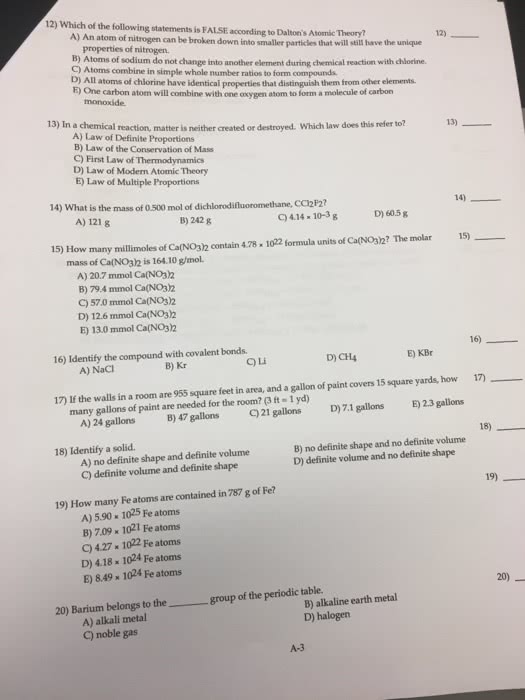CHEM392A Lecture Notes - Cathode Ray, Atomic Theory, Photon
Document Summary
Matter is composed of indestructible, indivisible atoms, which are identical for one element, but different from other elements. Law of definite composition: elements combine in a characteristic mass ratio. Law of multiple proportions: there may be more than one mass ratio. Some atoms have more than one combining capacity. Law of conservation of mass: total mass remains. Atoms are neither created nor destroyed constant in a chemical reaction. Experiments with cathode rays discovered electron (charge measured by robert millikan: model of the atom (1897) was a hypothesis that electrons (negative particles) are embedded in a positive sphere. Atoms may gain or lose electrons to form ions in solution. Particular atoms and ions gain or lose a specific number of electrons. Matter is composed of atoms that contain electrons embedded in a positive material, the kind of element is characterized by the number of electrons in the atom.



